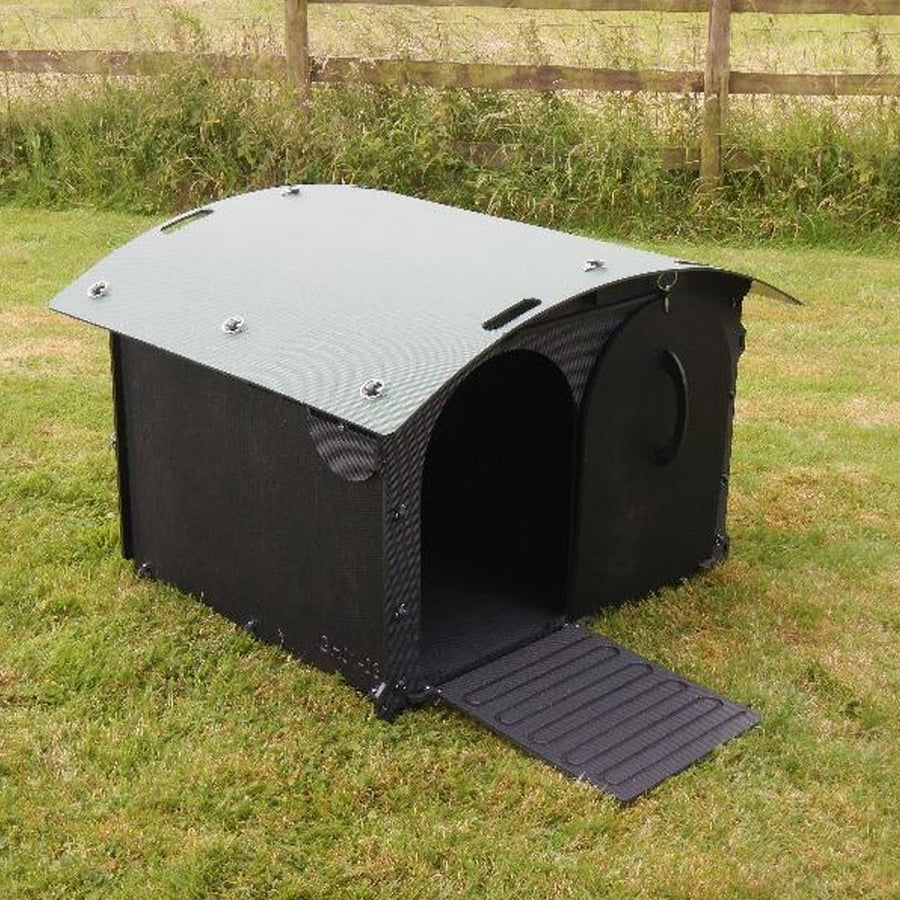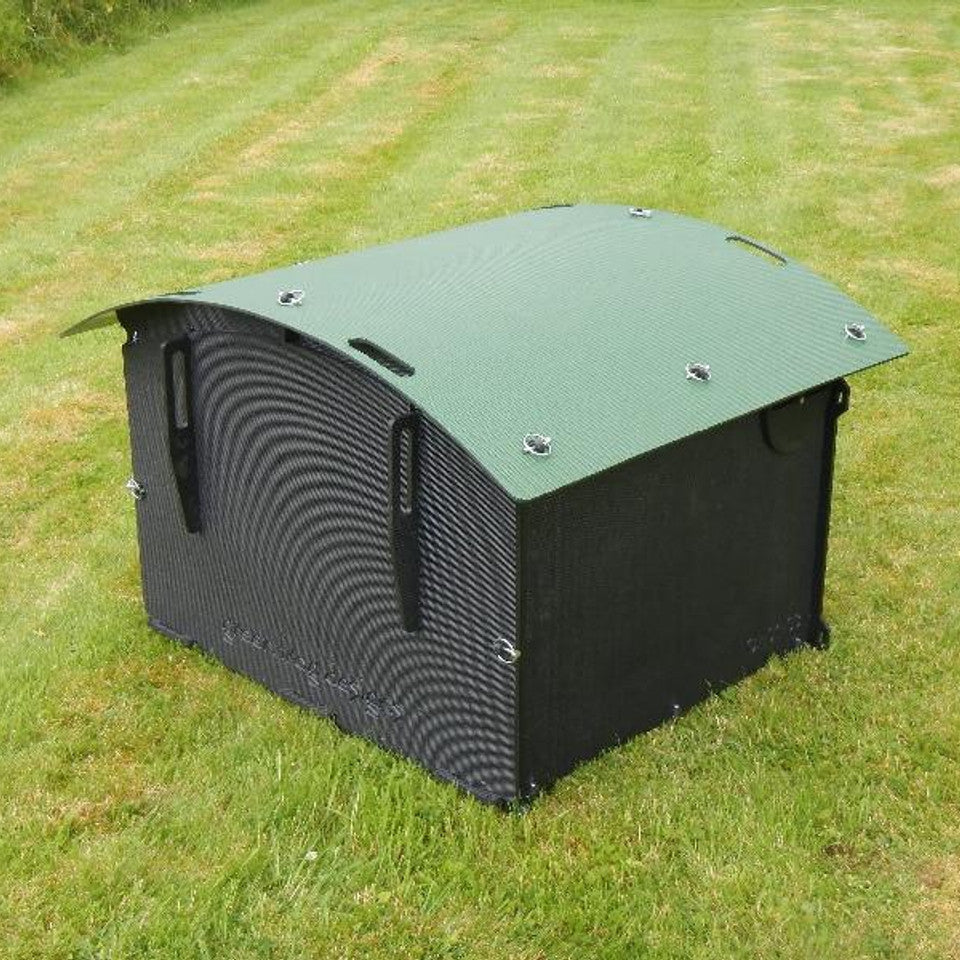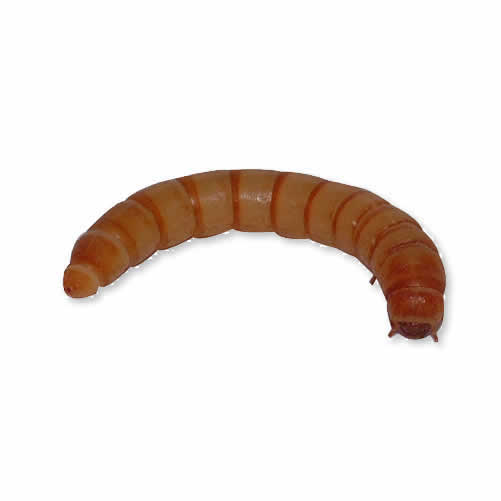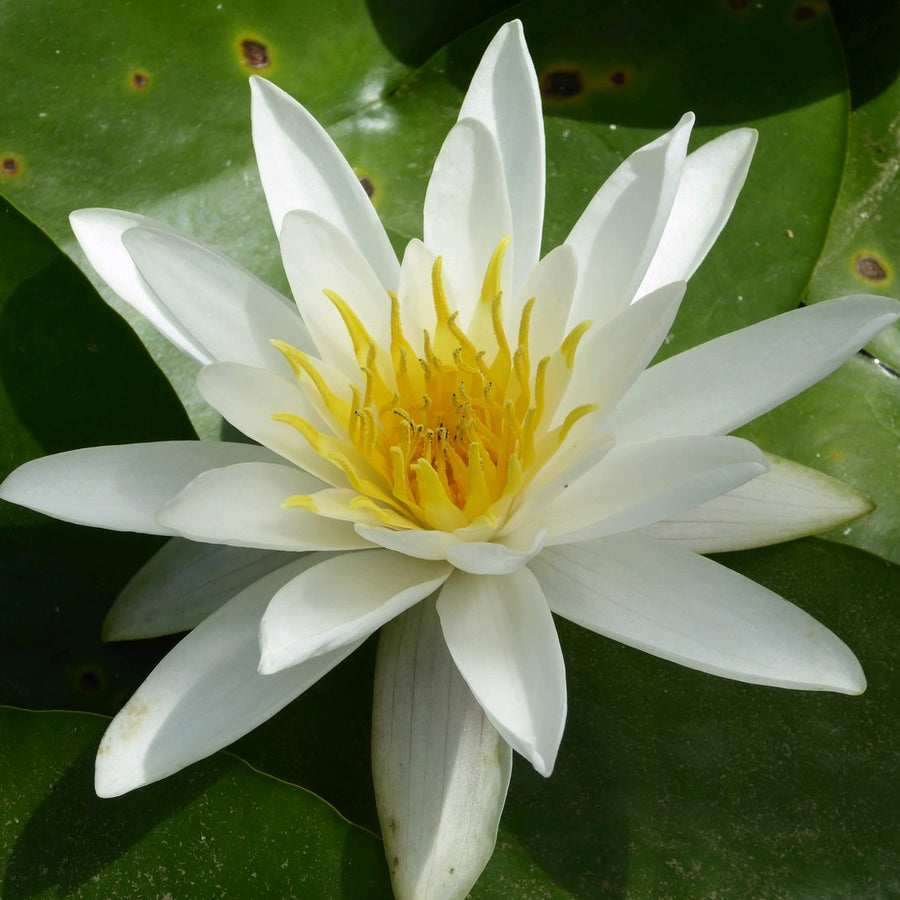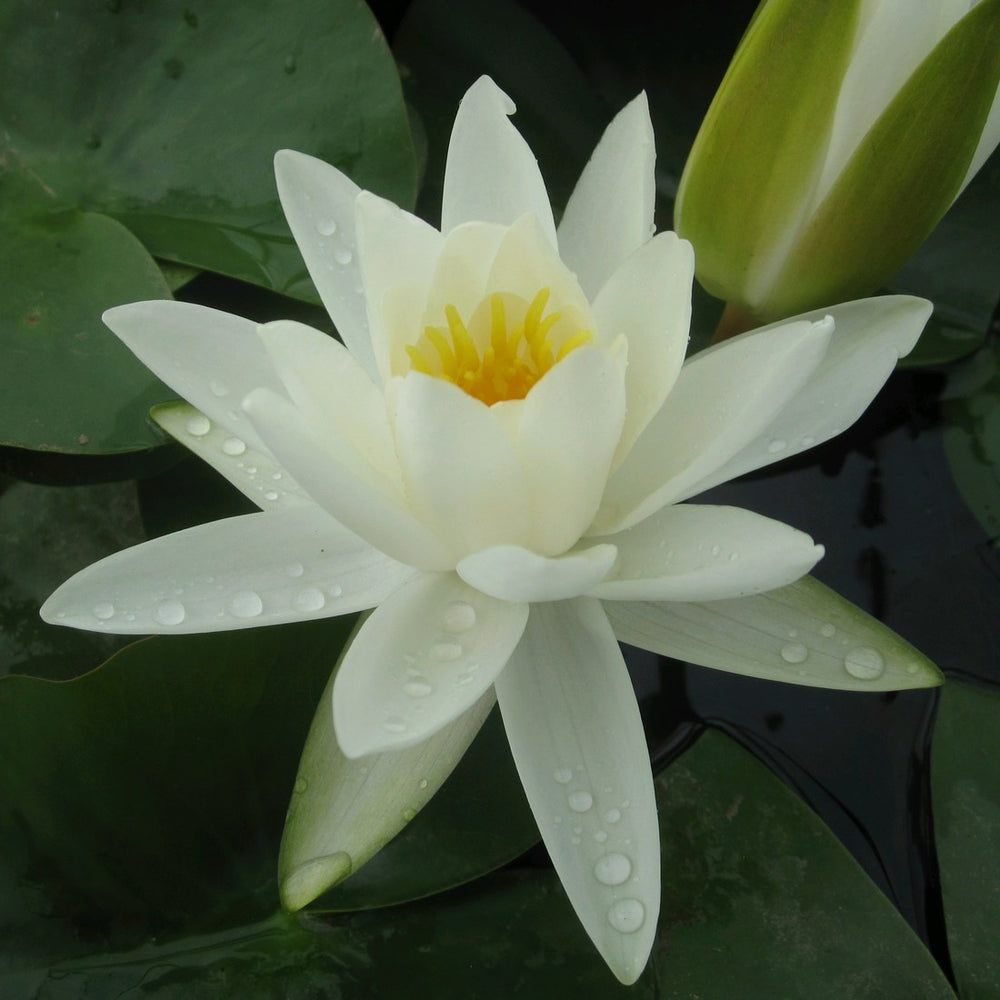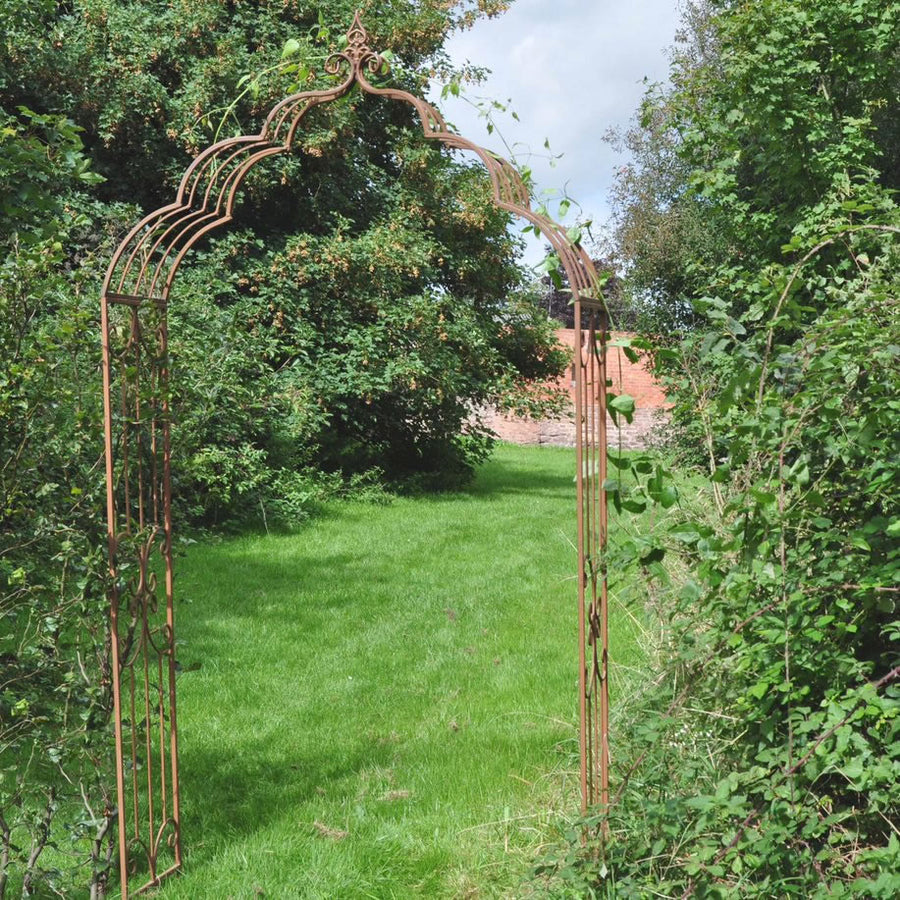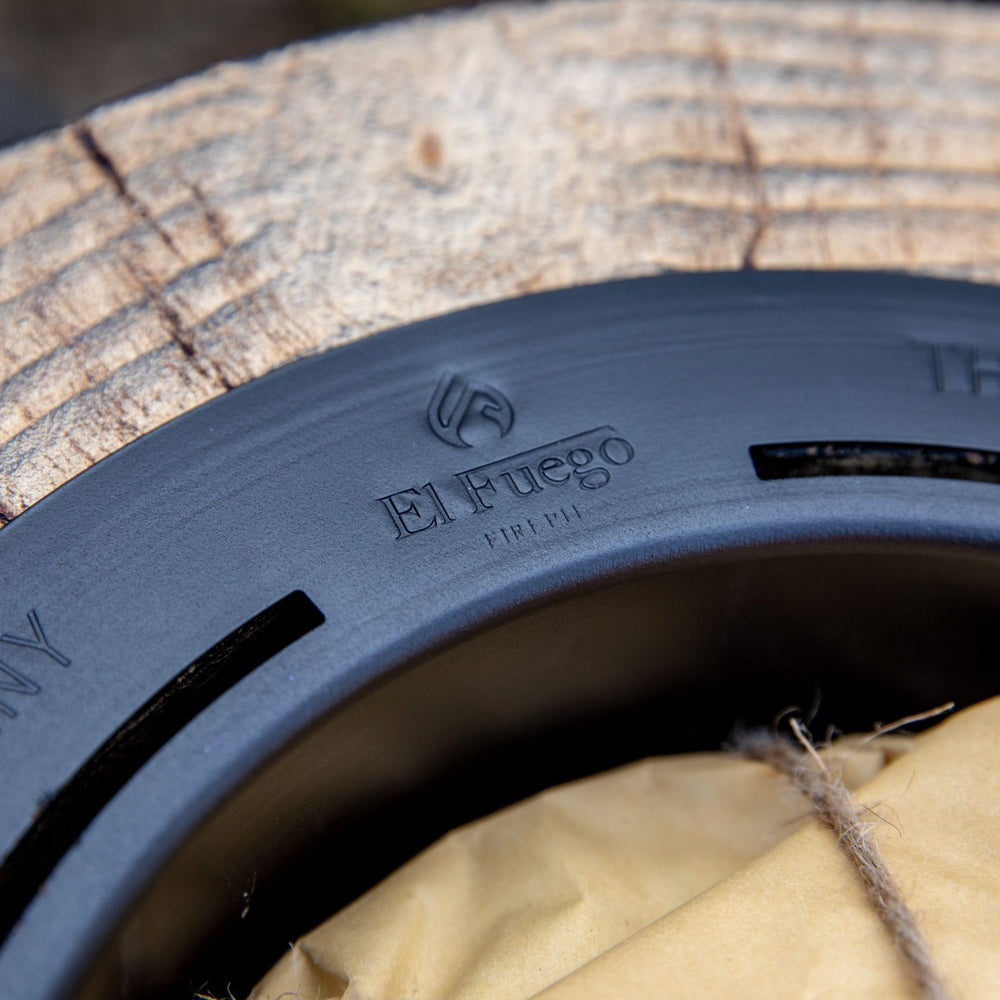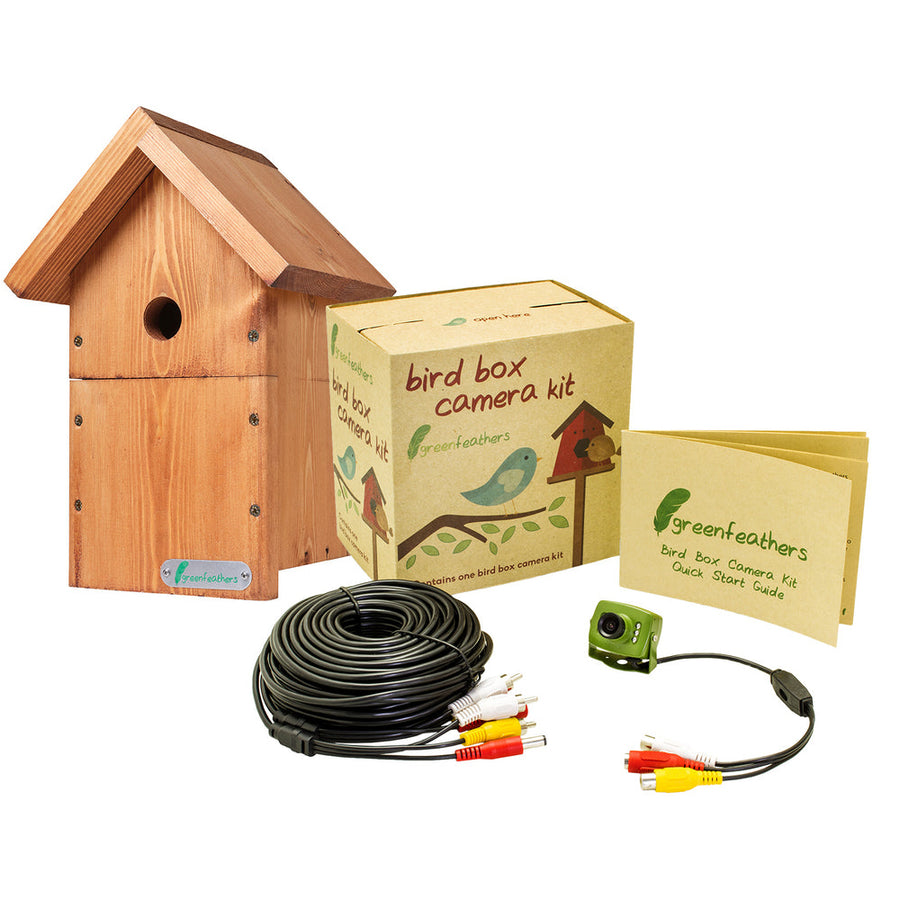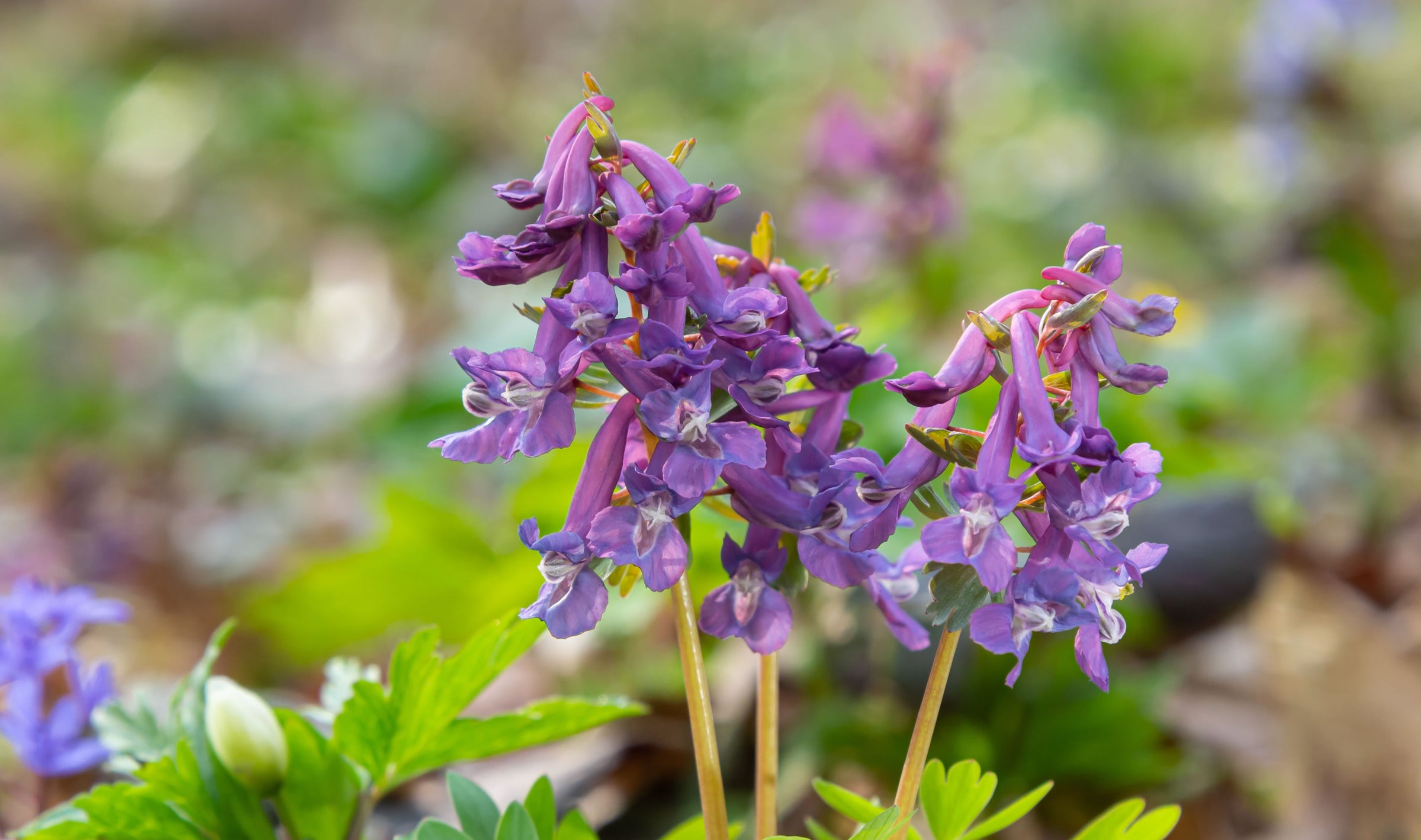
Corydalis
Corydalis (particularly C. solida) supports early spring pollinators with its nectar-rich, tubular flowers, which are perfectly adapted for long-tongued bumblebees like Bombus hortorum (garden bumblebee). Its extended blooming period (February – June) bridges vital gaps in forage availability. The delicate foliage hosts larvae of the Plutella moth species, while its seeds attract ground-foraging birds like robins (Erithacus rubecula). Ideal for shaded rockeries or woodland edges, Corydalis thrives in well-drained soil, naturalising effortlessly alongside native primroses. Its ecological resilience and prolonged flowering make it a keystone plant for urban woodland gardens.


